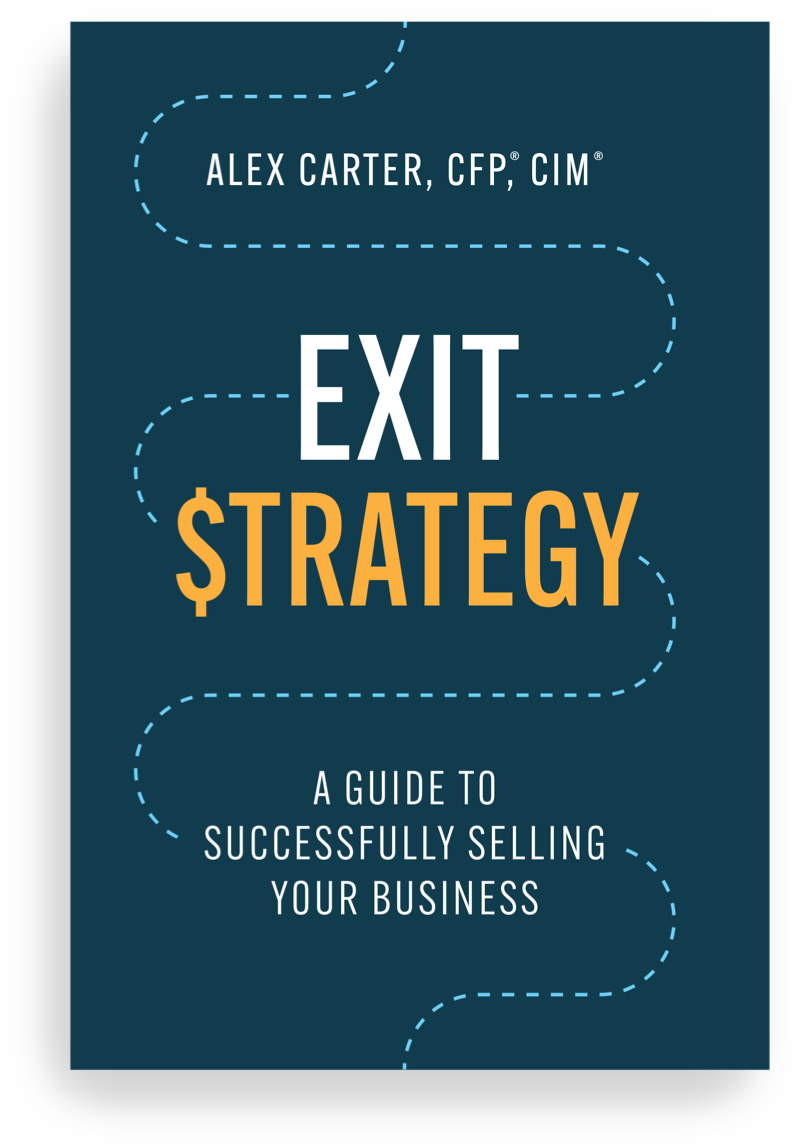Imagine it’s November 2008 and two people are looking at their portfolios. They both see that the stock market has fallen roughly 40% in just over a year, taking the value of their equity investments down with it. Investor A decides they can’t take it any more and sells. Investor B does nothing.
On a deeper level, Investor A saw a temporary decline and turned it into a permanent loss. Investor B, on the other hand, saw a temporary decline and avoided a loss by not selling. There’s a fundamental lesson here for everyone: a decline is just that. It’s a change, and sometimes a drastic one, in the real-time market prices for various securities. A loss is something different. It’s a permanent loss of capital.
Declines are Unavoidable…
If we look back at how the stock market has performed over the last two decades, we see that twice in that timeframe, markets have fallen by between 40-50% (2000-2002 and 2007-2008). What’s most notable looking back, however, is how resilient equities proved to be in both cases. They bounced back after the crash from 2000-2002, and they also recovered after the 2007-2008 episode.
…But Permanent Losses Can Be Avoided
Even if the market is destined to fall significantly from time to time, that doesn’t mean that investors have to suffer a permanent loss of capital along the way. So long as you have a well-balanced, diversified portfolio constructed to meet your long-term goals, you can afford to endure the rocky seas of the markets that arrive from time to time. What you can’t really afford to do, however, is panic and liquidate everything. It may make you feel a bit better when you do it, but odds are that it will only cause regret years from now.
…Which Also is Why Speculation is Hazardous to Your Wealth
The difference between a decline and a loss is why it’s so important that the vast majority of investors avoid speculating with their money. Maybe someone at a party told you about a stock that supposedly will soar. Maybe a friend is sure that a particular commodity will be the next hot investment. Whatever the case, these types of forays aren’t really investing at all. Rather, they are a form of gambling. If the gamble goes wrong, it can wreak havoc on your portfolio.
Here’s an example to make the point clear: say you put 50% of your money into a “hot stock”, which promptly goes to 0. Just to get back to where you were, your portfolio would need to double in value. Even if the markets provide healthy returns year over year, it will take over 10 years at 7% annual compounded returns before you’ve returned to your original portfolio’s value. And actually, when you factor in inflation, it will take even longer!
The issue here is that while the broad markets tend to recover, the same cannot be said for individual stocks. This is especially true of smaller companies, such as tiny exploration companies or early-stage biotechnology firms. When they go bust, they usually stay down for the count.
We Help You Avoid Losses
One of the reasons we at Assante help you decide on an investment policy statement is so you can avoid permanent losses. In our experience, clients who stuck to a well-thought out strategy when markets become volatile did very well as time wore on. Sure, their portfolios saw declines every now and then, but proper planning prevented those declines from being turned into losses.



